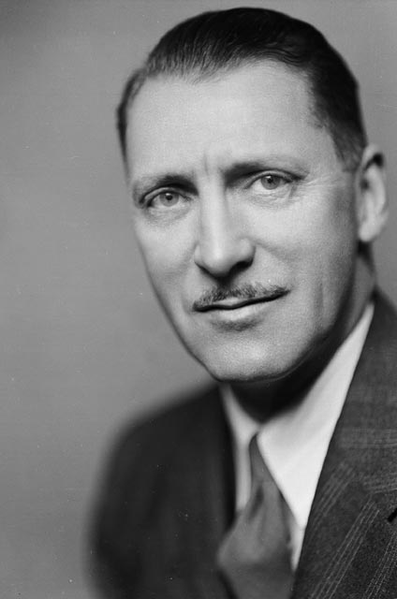Alan Brookman Beddoe (Alan Brookman Beddoe)

Artist. He is best remembered as Canadian war artist, artist and consultant in heraldry, and founder and first president of the Heraldry Society of Canada in 1965. After completing high school, he studied at Ashbury College in Rockcliffe Park, Ottawa, Canada. During World War I, he volunteered for the Canadian Army and in 1915 he was captured at Second Battle of Ypres in Belgium and spent two and a half years in the prisoner of war camps at Giessen and Zerbst, in Germany. After the war, he studied art at the Ecole des Beaux-Arts in Paris, France and at the Art Students League of New York. In 1925 he opened the first commercial art studio in Ottawa. He was instrumental in the creation of the major Books of Remembrance, now housed in the Peace Tower on Parliament Hill in Ottawa. The artist originally chosen for the job, James Purves, died in 1940, at which time he accepted the job. He supervised a team of artists for the next 2 years to illuminate and hand-letter the books, listing the names of Canadians who lost their lives in Canada’s military service during World War I and after World War II he supervised another team of artists to create the Book of Remembrance for World War II. He was inducted to the Order of the British Empire in 1943 and received the Allied Arts Medal awarded by the Royal Architectural Institute for his work on the Books of Remembrance. He also was instrumental in the creation of the South Africa Book of Remembrance 1956 to 1966. In 1942 the Royal Canadian Navy formed a Ships Badge Committee and commissioned him to design official badges for the navy’s ships. He designed badges for over 180 ships and establishments of the Royal Canadian Navy. In 1956 he designed coats of arms for the Yukon and Northwest Territories and in 1957 the Royal Canadian Navy appointed him its heraldic advisor. His designs for ship’s badges including the designs for HMCS “Kapuskasing,” HMCS “Magnificent,” HMCS “Sioux,” and HMCS “Rockcliffe” reside in the Alan Beddoe collection at Library and Archives Canada. He also painted watercolors of the coats of arms for Canada, provinces and territories. In 1957 he was asked to revise the Coat of Arms of Canada, and his version was in use until further changes were made in 1994. His works include preliminary sketches for the coat of arms of Newfoundland and Labrador, Quebec, New Brunswick, and Yukon. He also painted watercolors of municipal coats of arms for many Canadian municipalities, including the designs for the Township of Esquimalt (Vancouver Island), the City of Hamilton, Ontario and the Township of Gloucester, Ontario, as well as a number of universities, including the Memorial University of Newfoundland, the University of Moncton in New Brunswick, and the University of Manitoba. During the Great Flag Debate of 1964, he was the primary advisor and artist to Canadian Prime Minister Lester Pearson, the Cabinet and the Parliamentary Flag Committee, working on potential designs for the new flag. He designed the Pearson Pennant design with three red maple leaves on a white background with blue bars on either side representing “From sea to sea”, and produced numerous other designs for consideration, including a single red maple leaf. In 1968 he was made an Officer of the Order of Canada. He died in Ottawa, Ontario, Canada at the age of 82. (bio by: William Bjornstad)
Born
- June, 01, 1893
- Canada
Died
- December, 12, 1975
- Canada
Cemetery
- Beechwood Cemetery
- Ontario
- Canada

